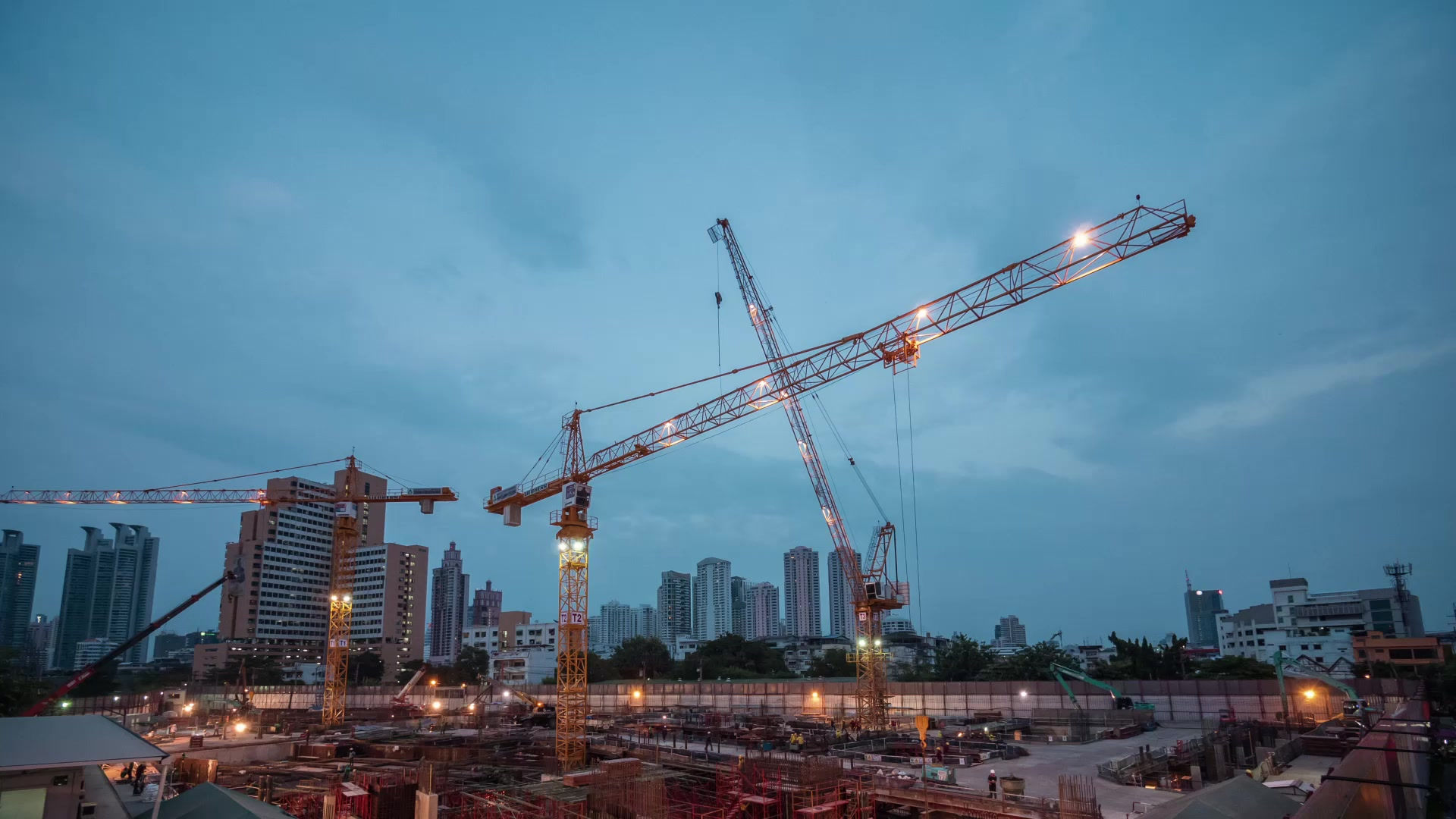Green Roofs (Part 2)
- Ichie Mike

- Jul 22, 2021
- 4 min read
Updated: Jun 14, 2022
Prior to setting up a green roof, what are some of the things you will need to watch out for?
Let us consider a few influencing factors.
Visual Influence
The impact of a green roof on a building's appearance is critical. It must first be assessed whether the building's essence may be altered by the addition of a green roof. A building's green roof and vegetation, as well as supplementary items such as outdoor furnishings, should not be observable from the pedestrian path. As a result, the same guidelines that are used to analyse the compatibility of a new rooftop extension planned for a building should be used to establish whether a green roof would be feasible.

The most suited building for the installation of a green roof is one with a flat or slightly inclined roof. The building should generally have an adequate fascia to assist hide the green roof. A green roof should be positioned back from the edge of the roof, especially if the structure is not high enough or if there is not enough fascia to cover it. An intensive green roof with towering plants is not always the best option, but a large roof with low plants that are less noticeable might be. Another option is to install a green roof on pseudo areas of the property or on new building, if it does not detract from the property's essence.
Withal, not all green roofs are designed to be useable spaces, and others just allow access for maintenance on a regular basis. Accessible green roofs are a desirable feature for building tenants, but they must also meet life–safety codes. As a result, the suitability of accessible green roof safety elements such as railings and lighting fixtures must be examined.

The most usual requirement is to install a railing around the perimeter of the accessible area of the roof. The railing must be positioned back such that it is not visible, or only barely visible, and does not distract from the building's appearance. The railings' height, design, and material, as well as other safety features, must all be considered to ensure that they have the least amount of influence on the structure.
Physical Influence
Loadings
The increased roof weight is the most critical physical issue to consider after determining that a green roof can be added to a structure without negatively damaging its appearance. Plants, growth media, waterproofing and support layers, pavement material, and, most crucially, water load, can significantly increase the weight supported by a roof, which may include mechanical equipment. A thin extensive green roof might weigh around 5 kg per square meter when fully soaked and with mature plant cover. A typical extensive roof with 7 to 10 centimetres of growing medium weighs around 8 kg per square meter, while a more intensive system can weigh up to 16 kg per square meter. A green roof's load calculations must also account for the added weight of humans on the roof. It may be necessary to supplement the structural system if the building was not designed to withstand such loads. A structural engineer should examine the structure to see if additional support is required. If a structural renovation is required and cannot be implemented without causing damage to the elements or altering the building's scenic appearance, a green roof is unlikely to be appropriate and should not be placed.
Note: Visitors and maintenance personnel should use designated walkways to avoid damaging the plants or protective roofing layers.Moisture
When considering the construction of a green roof, another physical and potentially destructive element to consider is that it will alter the water/moisture patterns on the roof. A roof's purpose is to protect the structure while also shedding rain and snow. Green roofs, on the other hand, are often designed to hold water for a longer period to reduce rainwater flow and nourish the plants. To prevent leaks entering the building, it is even more critical that the roof covering be watertight. As a result, as part of the green roof components, a thermoplastic membrane or other waterproof layer must be put.
Nonetheless, with this precaution, if a sufficient root barrier or thermoplastic membrane is not included, roots can penetrate through the waterproof layer, causing moisture to infiltrate the roofing system and damage the structure underneath. Workers can cut through the waterproofing and root–repellent layers with sharp instruments or other incorrect maintenance practices. To avoid damage, it is also critical that individuals only stroll in approved zones.

Electronic leak detection systems can assist detect and monitor leaks before they cause significant damage. These systems add to the initial installation cost, but they can save you time and money by detecting and correcting any problems that arise. The electrical conductivity of water is used by an "electric field vector mapping system" to pinpoint even the tiniest leaks. Roof penetrations such as vents, skylights, and chimneys should be inspected on a regular basis because they are commonly a source of leaks.
to be continued...
Photo Credit
Green roof on slightly pitched roof (https://www.ecohome.net)
Functional green roof with railings (https://www.mashrita.com)
Electronic leak detection system (https://thorntonconsulting.co.uk)








Comments